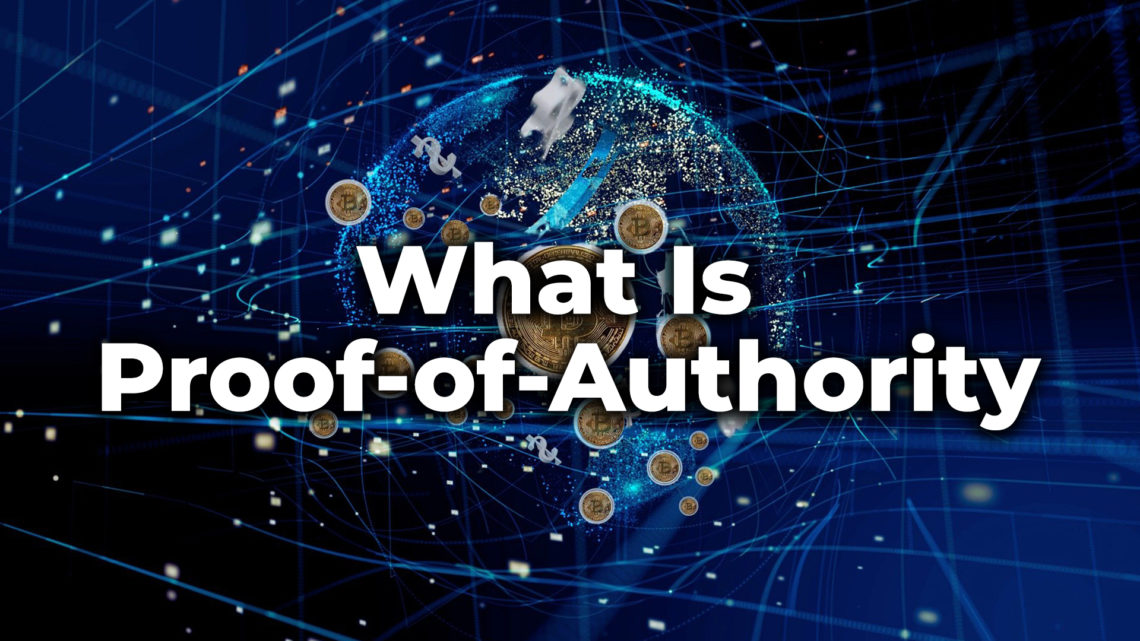The cryptocurrency area has modified heaps since the primary blockchain group action on the Bitcoin network. Different agreement mechanisms were proposed on the side of the well-known Proof of labor and Proof of Stake rules, with various strategies for reaching consensus among a blockchain system.
The POW consensus algorithm employed by Bitcoin is the most reliable and secure living today. However, it’s not extremely scalable. Moreover, like other PoW-based blockchains, Bitcoin has restricted performance in transactions per second (TPS). Such limitation is said to be due to the fact that Bitcoin depends on a distributed network of nodes, which requires success in agreement and agreement on the states of the blockchain.
Proof of Stake blockchains typically presents a far better performance than Bitcoin concerning the number of transactions per second. However, the distinction isn’t that important, and PoS networks failed to resolve the measurability problem extremely. During this context, the Proof of Authority is presently being enforced as a more economic variety as a result of its ability to perform more transactions per second.
Fundamentals of Proof-of-Authority
Proof of Authority (PoA) may be a reputation-based consensus rule that introduces a sensible and economical resolution for blockchain networks (especially the personal ones). The term was planned in 2017 by Ethereum co-founder and former CTO Gavin Wood.
The genus Poa agreement rule leverages the worth of identities, which implies that block validators aren’t staking coins but their own name instead. Therefore, genus Poa blockchains are secured by the verificatory nodes that are randomly selected as trustworthy entities. The Proof of Authority model depends on a restricted range of block validators, and this can be what makes it an extremely climbable system. Blocks and transactions are verified by pre-approved participants, who act as the system’s moderators.
Genus Poa agreement rule is also applied during a kind of eventuality and is deemed a high-value possibility for logistic applications. Once it involves supply chains, for example, genus Poa is considered an efficient and affordable solution. The Proof of Authority model permits corporations to keep up their privacy while availing of blockchain technology’s advantages. Microsoft Azure is another example wherever the genus Poa is being implemented. In a few words, the Azure platform provides solutions for personal networks, with a system that doesn’t need a native currency, just like the ether’ gas’, since there’s no need for mining.
Limitations of the consensus mechanism?
The perception of the genus Poa mechanism is that it foregoes decentralization. Therefore one may say that this consensus algorithm model is simply an endeavor to create centralized systems that are a lot more efficient. Whereas this makes genus Poa a gorgeous resolution for giant companies with logistic needs, it will bring some hesitation – particularly among the cryptocurrency scope. Genus Poa systems have a high throughput. However, aspects of unchangingness get questioned once things like censorship and delisting are often achieved.
Another common criticism is that the identities of genus Poa validators are visible to anyone. The argument against this can be that solely established players capable of holding this position would look to become a validator (as publicly known participants). Still, knowing the validators’ identities may probably cause third-party manipulation. For instance, if a contestant needs to disrupt a genus Poa-based network, he might attempt to influence public known validators to act deceitfully to compromise the system from within.
PoW, PoS, or PoA all have their distinctive benefits and disadvantages. It’s known that decentralization is highly valued among the cryptocurrency community-associated genus Poa as an agreement mechanism, sacrificing decentralization to realize high outturn and scalability. The inherent options of genus Poa systems are a stark distinction from how blockchains are functioning till now. Still, PoA presents a motivating approach and can’t be forgotten as a rising blockchain solution that can suit well for personal blockchain applications.


 Home
Home News
News










